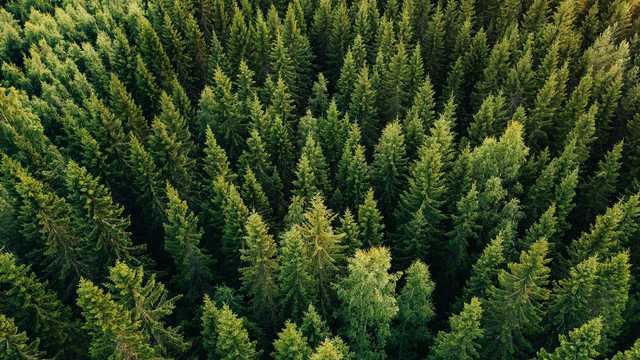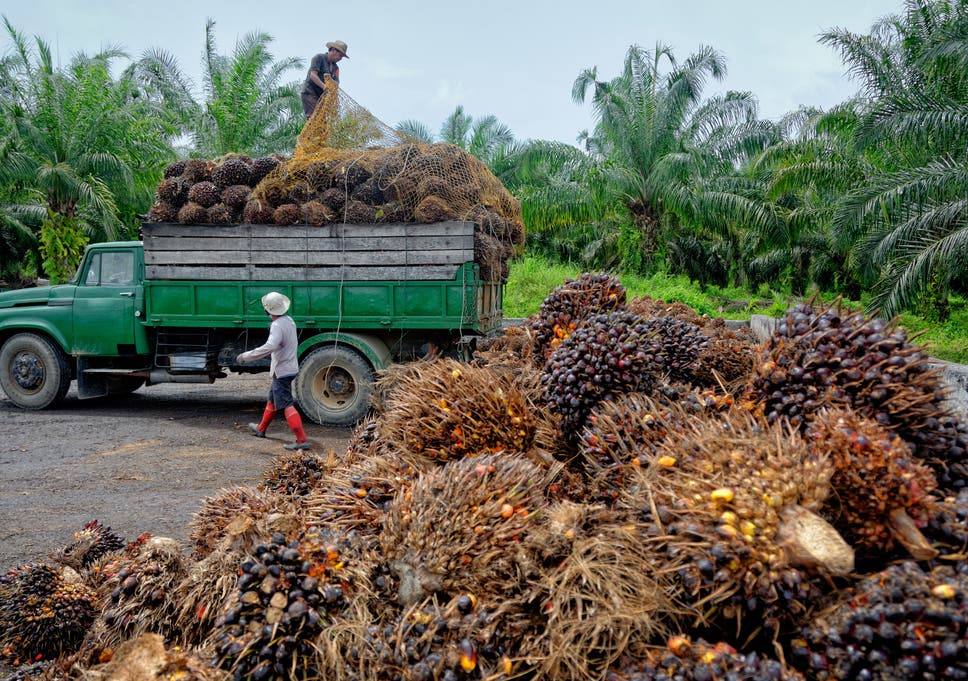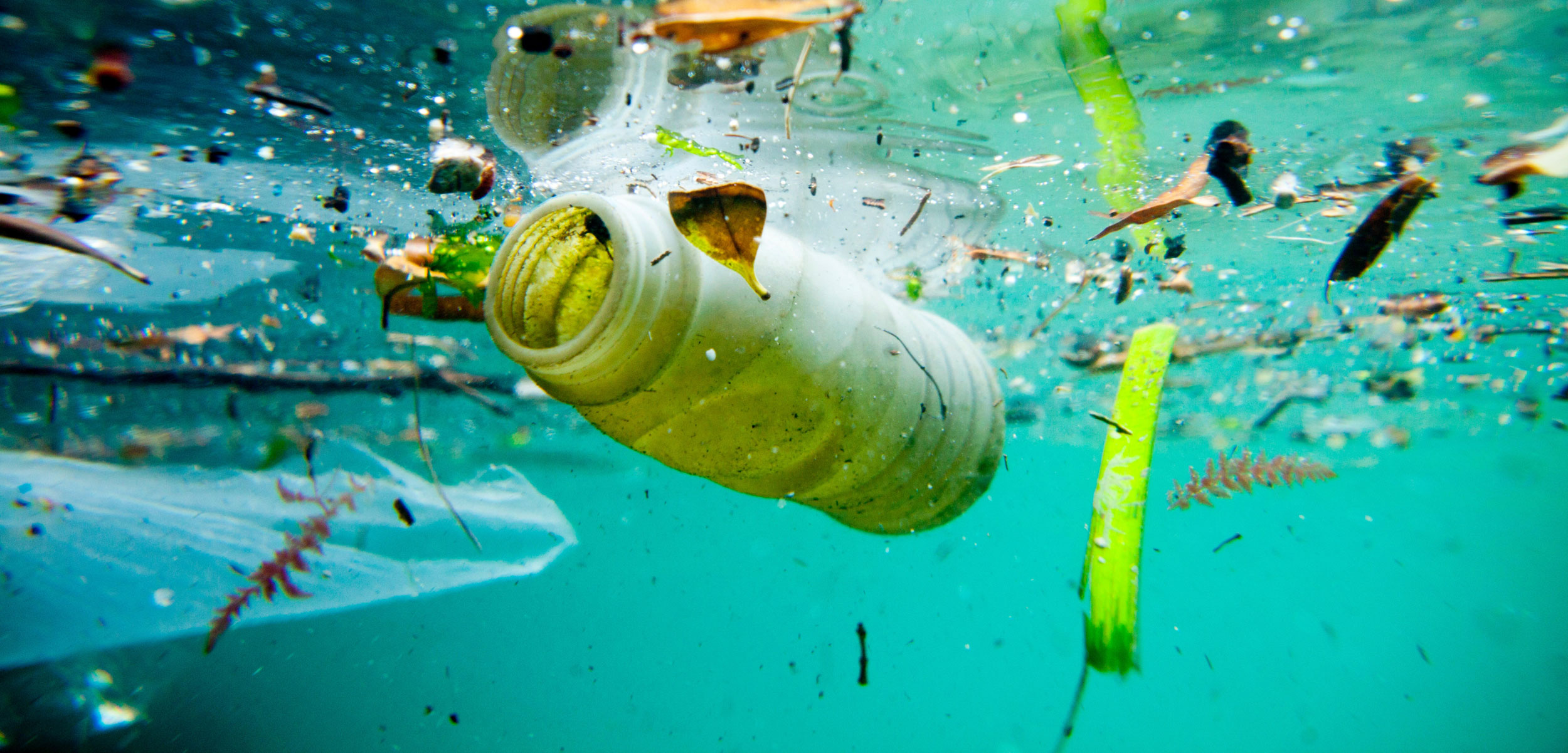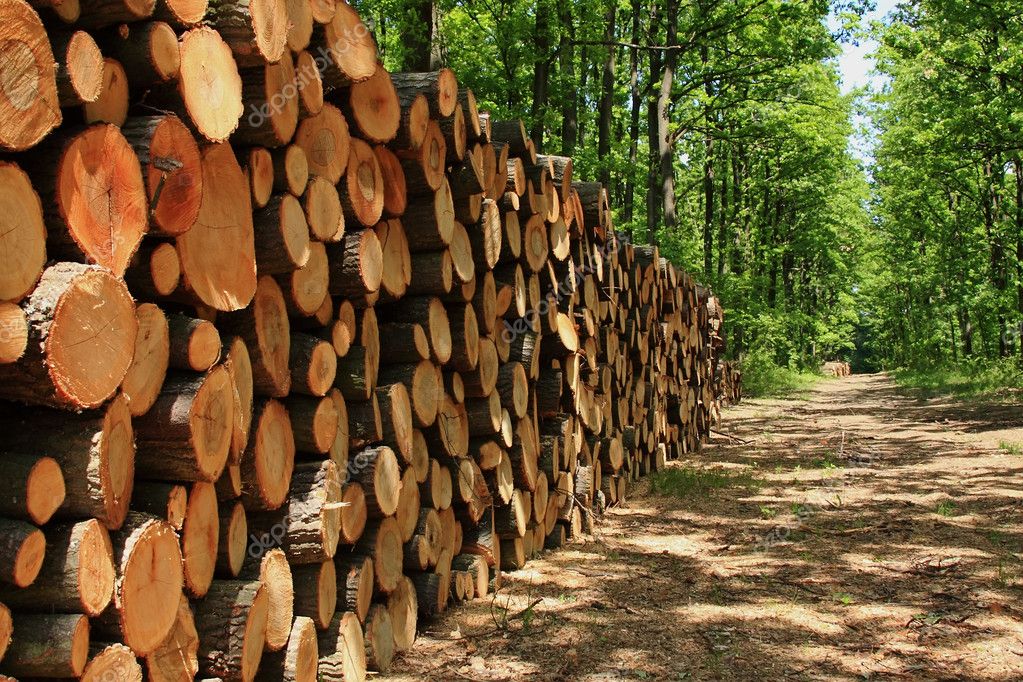“Stuff Has to Come From Somewhere, Even if it’s Bioreneweable”
Another nature-related blog post by yours truly, Brooke Burditt. Enjoy the read!
“There is no better designer than nature.” -Alexander McQueen
I always like to kick off my blogs with a quote to A) introduce the topic, and B) because I love hearing what others have to say on the topic. I like this one in particular because it can have multiple meanings. Does he mean that nature is just simply beautiful and the World looks better with lots of trees and big blue oceans? Does he mean that nature designed the perfect amount of resources for the organisms who live on Earth? Who knows. I think the ambiguity makes it even more interesting. Now that I got you thinking, let’s dive into the topic: how we can use biorenewable resources in a sustainable way.
Woody Biomass
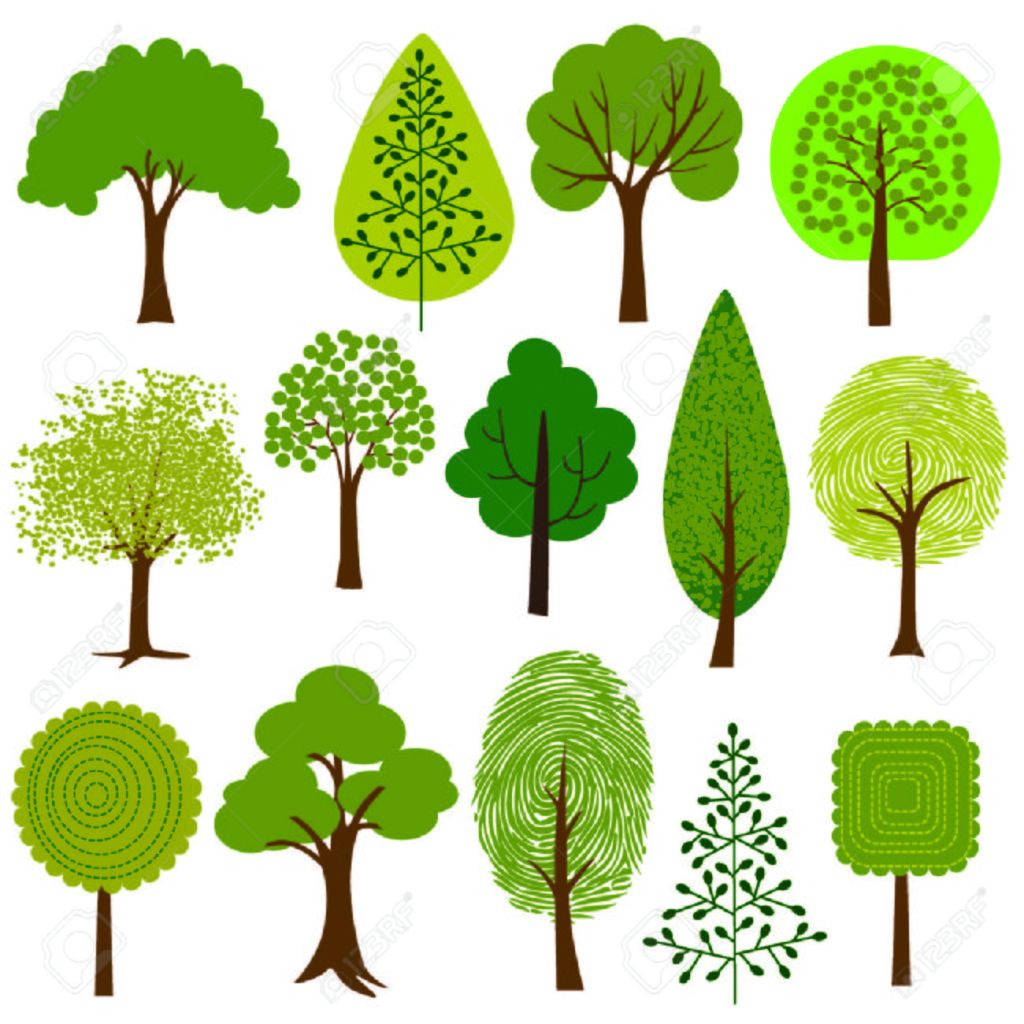
As you can tell by the picture, woody biomass is essentially a fancy word for trees. To be exact, it’s a term used to summarize natural forests, plantation forests, and short rotation coppicing (SRC). You’re probably decently familiar with what forests are, but plantations and SRC are usually new to people, so let’s get all the little details straight. Most of the forests in the United States are natural, meaning they have very little human intervention and don’t use pesticides and what not. However, we also have plantation forests, which means trees are planted in a way to maximize the production of wood. And, you could probably guess this, but I’ll tell you anyways: yes, they are allowed to use pesticides and fertilizers in plantation forests. Lastly, SRC. SRC is more similar to plantations to the fact that they are used to maximize production, but in this case, they usually maximize fibers, not wood. They select trees/plants that grow quickly and product a lot of fibers, so again, this type of woody biomass production allows a lot of human intervening. Woody biomass is a popular source due to the fact that it’s a non-food product, meaning livestock aren’t losing a source of energy, it grows back, and we have a lot of it. However, what do we do with all of this wood and fiber?!
We can divide it up super simply: some of the wood is for PRODUCTS, and some of the wood is for ENERGY. Wood for products would be things such as sawlogs, which will be made into lumber (a product, obviously). And wood for energy would be things like heat. In fact, when I did some research, I found this quote that confirms woody biomass is a great, sustainable biorenewable source:
“Woody biomass has the potential to be used to make any of the products that are already produced or manufactured from wood. And, just like wood it benefits from the same advantages.”
Quote from: https://www.pelletheat.org/assets/docs/industry-data/infoguides43284.pdf
Herbaceous Biomass

Woah, big word! What does this even mean?! Herbaceous biomass are plants without wooded stems. These are types of plants that have roots that survive for a long time, but the head of the plant usually dies and has to regrow in the next growing season. So, think of anything from bamboo to a basic garden flower. However, there is one important thing to note: these are not plants that you would use for food (We will talk about agricultural crops in the next section, don’t you worry). The two main uses that we will focus on here are: chemical and energy usage, and fibers. How do we use plants for energy and fibers?!
When it comes to using plants as a biorenewable resource, there is a lot to know. Science Direct tells us that: “Herbaceous biomass crops, including both annuals and perennials, are usually harvested on an annual basis, and can be broken down into three types depending on their potential utilization: sugar/starch crops, oil-seed crops, and fiber/cellulosic crops.” This means that there are different types of plants for different needs; some are converted to sugars, some are used for fuel, some are used for heat, etc. Sound confusing? Let’s look at an example of herbaceous biomass productions in action…
Quote from: https://www.sciencedirect.com/topics/engineering/herbaceous-biomass
Let’s look at corn. Corn is very abundant in the United States, so it’s one of the most popular herbaceous biomasses. Corn works as a feedstock (the raw material needed in industrial processing) to create biofuels. You may be familiar with ethanol, which is a common biofuel created from corn. In fact, looking at the figure below, you can see just how much corn is needed to create ethanol:
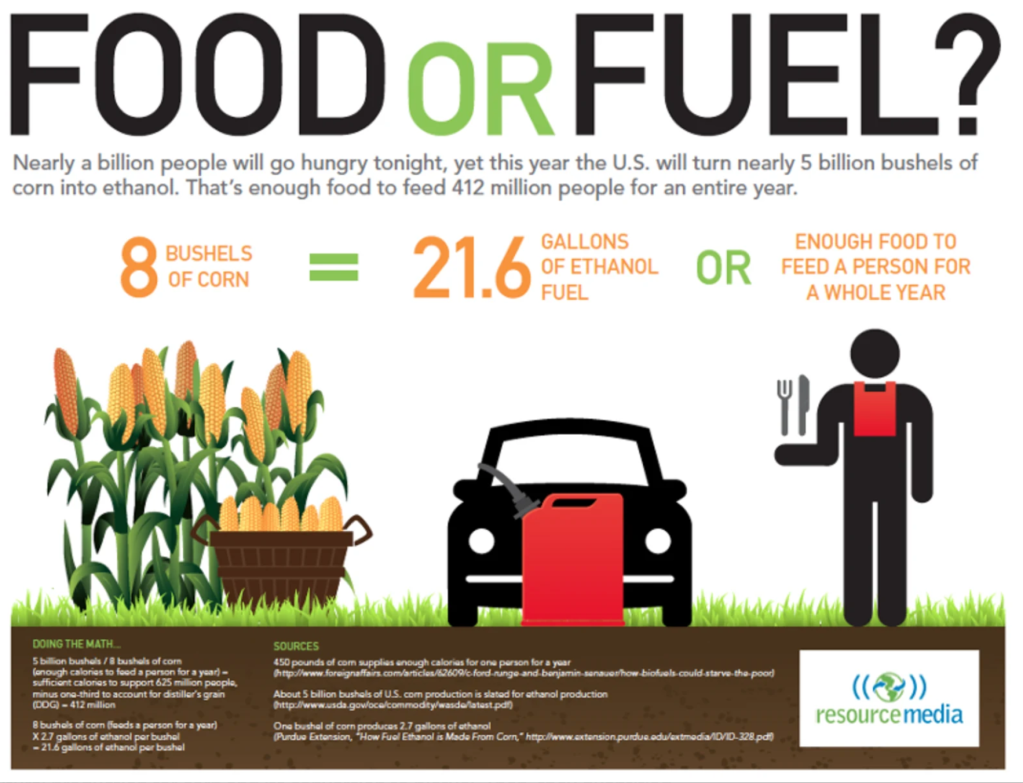
Imagine from: https://www.engineering.com/DesignerEdge/DesignerEdgeArticles/ArticleID/15123/Should-Corn-Be-Used-as-Food-or-Fuel.aspx
Pretty cool that we can turn corn into fuel, huh? The use of plants in production of biorenewable products is very sustainable when done right, and this is why we rely on it so heavily in the United States. (Maybe someday it could replace fossil fuels all together…)
Agricultural Productions

Last, but certainly not least, I want to cover agricultural productions and what it means in correlation to biorenewable resources. Remember, biorenewable resources are supposed to be a more sustainable way to gather resources and energy from the environment over fossil fuels, and agriculture is doing that in a sense. When we grow crops, we use water, resources (like pesticides and fertilizers) to help them grow, and we use up a lot of land for crops. How can we maximize yield from crops by being sustainable? Let’s take a look.
Growing up in the midwest, I am very familiar with how many cornfields there are. Corn to the left, corn to the right, it’s everywhere! As a kid, I never thought about it too hard. However, now that I am older, smarter, and an agriculture major (haha!) I know a lot more about how agriculture can affect our land/environment/planet. Simply, we can put it this way: the amount of fossil fuels and natural resources that go into a product needs to be sustainable and reasonable. For example, if one ear of corn requires 1/2 a gallon of fossil fuels to power the tractor and ten gallons of water, is this actually good for the environment? In order to make agriculture more sustainable, here are some actions being taken:
- Cover crops. Cover crops are smaller grains planted with larger scale crops, like corn, that help suck up nutrients and water in the soil to keep the soil healthy.
- Crop rotation. Rotating crops, which is simply not planting the same crop on the same plot of land every year, also helps keep the soil healthy and it helps local wildlife as well–so simple yet so effective.
- Going organic. Or, even better, practicing permaculture. Permaculture is organic farming on steroids. Permaculture uses all organic practices in a closed-loop system that creates a zero waste environment. This is the most sustainable agricultural method.
Overall, agriculture is needed in our society (we all need food, duh!). However, we must be careful. With a growing population and a planet that is not growing, we cannot ruin the soil, use too much water (and create too much run off), or use too many fossil fuels to run the tractors or agriculture will become a very unsustainable way to create crops and biorenewable resources.
Well, that’s a wrap on my blog about biorenewable resources and where they come from, how we can use them, and some of the problems associated with them. I hope this leave you feeling educated and with more knowledge on the topic than you had before. Thanks for reading, guys!
Works Cited
Woody Biomass Factsheet: https://www.pelletheat.org/assets/docs/industry-data/infoguides43284.pdf
Herbaceous Biomass: https://www.sciencedirect.com/topics/engineering/herbaceous-biomass
Should Corn be Used as Food or Fuel: https://www.engineering.com/DesignerEdge/DesignerEdgeArticles/ArticleID/15123/Should-Corn-Be-Used-as-Food-or-Fuel.aspx

